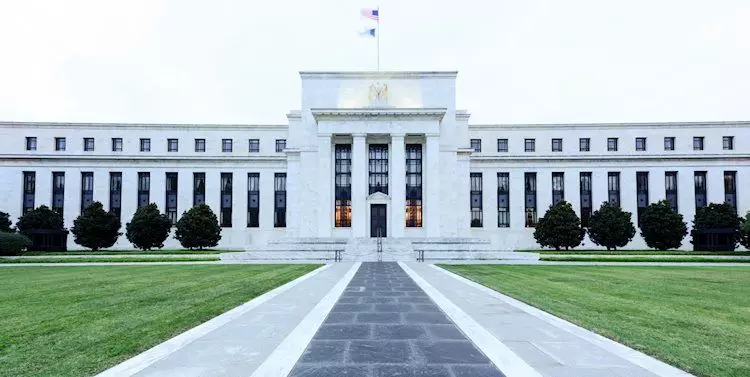In recent comments, Alberto Musalem, President of the Federal Reserve Bank of St. Louis, highlighted a challenging paradox facing the Federal Reserve. While the labor market exhibits signs of robustness, persistent inflation continues to pose significant hurdles for monetary policy decisions. The term “sticky inflation” refers to price levels that resist downward adjustments even when economic conditions call for them. Musalem’s remarks serve as a reminder that, despite a favorable labor market landscape, the Fed’s path towards achieving its 2% inflation target remains fraught with challenges.
Musalem emphasized the healthy conditions of the U.S. labor market as a buffer against the pressures created by persistent inflation. Job stability and rising employment numbers would typically foster optimism, suggesting that consumer spending may remain resilient. However, this optimistic labor outlook contrasts sharply with inflation trends, which continue to show volatility. This presents a conundrum: while employment figures are strong, rising costs undermine consumer purchasing power and economic confidence, complicating the Fed’s ability to justify a shift towards more aggressive monetary easing.
The overall health of the business sector remains a critical focus as the Fed navigates this complex economic landscape. Musalem pointed out that while larger enterprises generally show robust growth, smaller businesses—particularly those in consumer discretionary sectors—are struggling with slower earnings growth. These variations highlight the nuances within the economic ecosystem; not all segments of the market benefit equally from broader growth trends. While productivity gains may contribute to potential economic stability, uncertainties linger regarding their sustainability and impact on future growth rates.
As the Fed evaluates its future course, maintaining a delicate balance is paramount. Currently, Musalem suggests that monetary policy must remain appropriately restrictive as long as inflation indicators exceed the desired 2% threshold. However, a careful analysis of incoming data could still allow for adjustments based on changing inflationary pressures. The Fed aims to avoid drastic measures but recognizes that easing rates may be warranted if inflation trends favorably towards stabilization.
Looking ahead, Musalem anticipates the economy might stabilize towards a growth rate near 2%. Even in light of outright inflationary pressures, the interplay between a resilient labor market and supportive financial conditions suggests that economic activity may maintain its momentum. While caution surrounds the potential for layoffs and labor market deterioration, current data does not indicate an imminent downturn. Such optimism provides a basis for future policy considerations as the Fed balances inflation targets with the need to support overarching economic health.
As the Federal Reserve navigates the delicate balance between inflation control and labor market stability, thoughtful analysis and data assessment will serve as foundational elements for their monetary policies going forward. The unfolding economic landscape begs for vigilance and adaptability, key traits for sustaining growth amid uncertainties.

